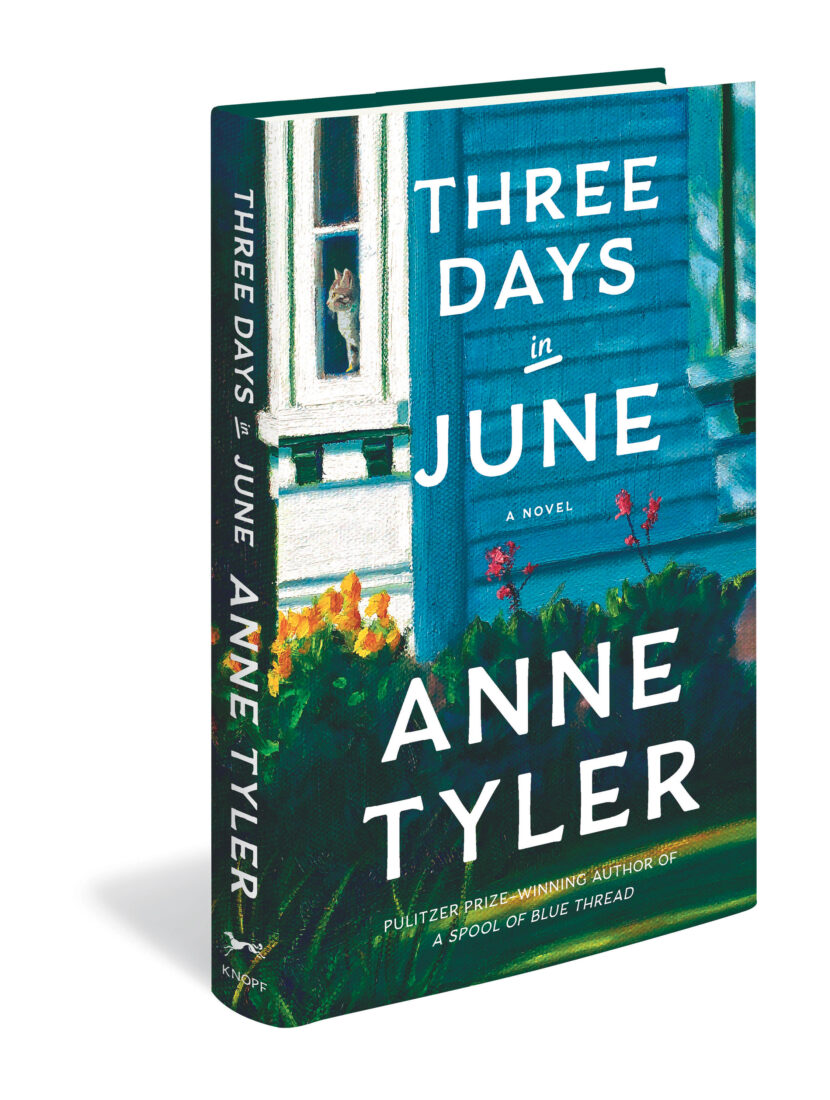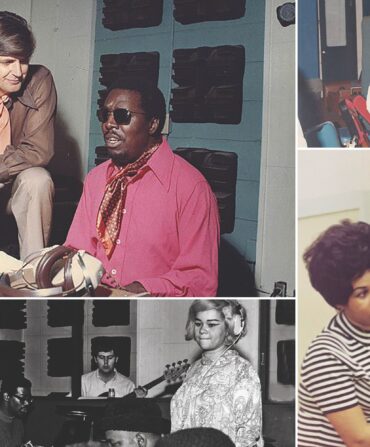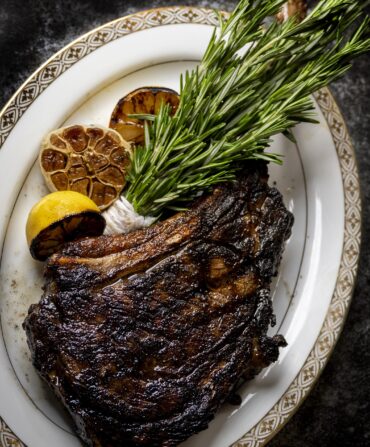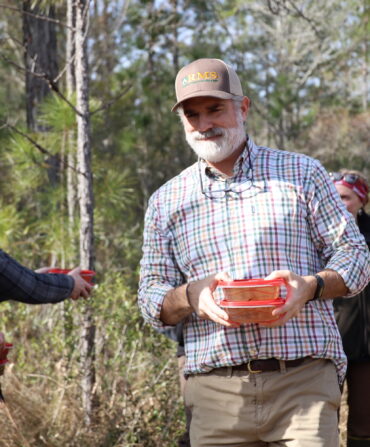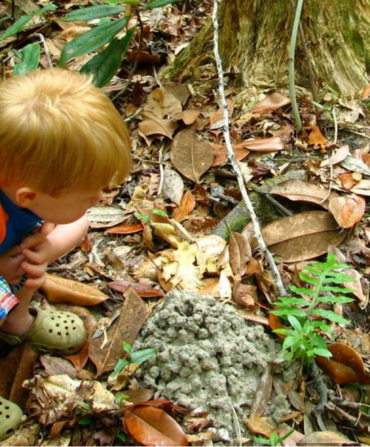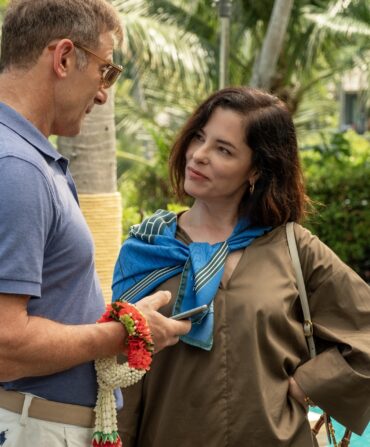Anne Tyler’s “biography sounds cosmopolitan (born in Minneapolis, married to an Iranian psychiatrist, herself once a graduate student of Russian),” wrote John Updike in a 1976 review of a Tyler novel, “but she says she ‘considers herself a Southerner’; and she does apparently accept the belief, extinct save in the South, that families are absolutely, intrinsically interesting.” Updike added: “Are they?”

Almost a half century and nineteen novels later, most of them devoted to family life, Anne Tyler’s answer seems not just clear but emphatic—yes, John, they most definitely are. In her latest, Three Days in June, the central family is uncharacteristically small: mom, dad, and adult daughter, or three people in June. The emotional terrain the eighty-three-year-old Tyler covers, however, is anything but small. Beneath the tidy crust of her plainsong sentences, as ever, seethes the lava of familial and marital relations: regret, fear, resentment, surrender, wounds healed and unhealed with more, inevitably, yet to come.
Bare plot summary threatens to evoke one of those Hollywood dramedies that might have starred Meryl Streep and Alec Baldwin back in the day: A couple long divorced is thrown back together, by comically awkward happenstance, at the wedding of their only daughter. Tyler is too deep and nimble a writer, of course, to skate dramedy grooves, though much of her droll banter would shine in a screenplay; she ballasts Three Days in June with the hard weight of life. (Not for nothing did she major in Russian literature at Duke.) The familiar setting is Baltimore’s leafy Roland Park neighborhood—where “everybody has a last name for a first name,” as a character quipped in an earlier novel—which Tyler has mapped as thoroughly over the course of her career as Updike surveyed his Tarbox or Proust his Combray. (Tyler could be called one of Baltimore’s artistic aldermen, sharing oversight of the city with John Waters, David Simon, and Barry Levinson.)
Our narrator is Gail Simmons (no relation, we assume, to the Top Chef star), a sixty-one-year-old private school administrator whose lack of “people skills” has abruptly cost her her job on the day of her daughter’s wedding rehearsal. The indictment is less than just, as is her mother’s contention that Gail doesn’t “have a romantic bone in her body,” but it’s true Gail possesses a vinegary streak. “I’ve never been the type to play back scenes from my past,” she confides. “At most a single unexpected moment might pop up… and I would think, Oh, that. Or, Oh! That! if it really took me by surprise. And then I turned my eyes away from it and thought about something else.” Sentiment, then, is to be brushed aside. To stave off tears during the wedding vows, she invokes memories of her daughter’s irritating teenage habits.
Tyler’s 2009 novel, Noah’s Compass, also kicked off with a sixty-one-year-old private school employee losing a job; similarly, the unwanted cat that Gail inherits from her ex-husband might be cousin to the cats that went sashaying into characters’ lives in French Braid (2022) and Ladder of Years (1995). I venture this not to carp but to illustrate a point: that since 1964, Tyler has been continually working and reworking the elements of her fiction, both small and large, in pursuit of a single but multifaceted vision. Best to liken her, perhaps, to Claude Monet, who painted and repainted his haystacks because the light and the seasons played differently upon them every time. Likewise, George Sand’s contention that each of Honoré de Balzac’s books was in fact a page of one great book might well be applied to Anne Tyler. From Roland Park, she’s spun an entire universe.
Much happens in the corner of that universe that Three Days in June occupies. The wedding comes close to derailment; Gail is compelled to reveal to her daughter the secret cause of the divorce; and, forced to share her home with her ex-husband and his tagalong rescue cat, Gail finds herself finally confronting that secret and her own life’s derailment. “Were we simply going to carry on as usual, then?” she asks at one point. “As if nothing whatsoever had happened?” As Tyler shows, that’s often the only way forward in family life. It’s also the source of the unexpectedly heart-busting poignancy at the novel’s close. Are families absolutely, intrinsically interesting? Updike asked. Anne Tyler’s are. Just ask the people at the coffee shop who saw me wiping my eyes as I closed this novel shut.
Plus: Three New Mandatory Memoirs
A trio of tantalizing true tales
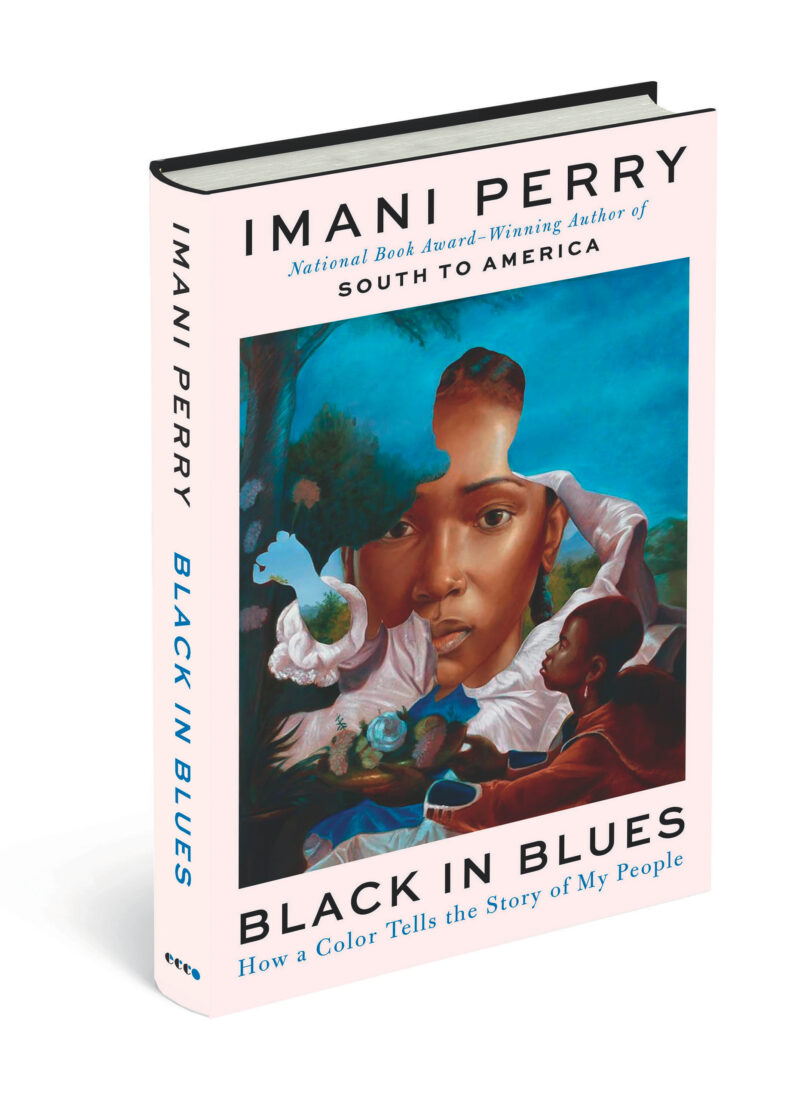
“I close my eyes and conjure up our home house, a term Black Southerners use for the dwelling where the family gathers,” writes Imani Perry in Black in Blues (Ecco), which poetically quilts her Alabama youth and family with such subjects as indigo dye and blues music. In the zippy Food for Thought (Gallery Books), Good Eats star Alton Brown also dips into memories—baking biscuits with his Georgia grandmother; a chicken-roasting ritual; savory Food Network gossip. And in Bad Naturalist (Timber Press), Paula Whyman charmingly rides the emotional coaster of land ownership in western Virginia: “I had, I admit, a rather pie-in-the-sky view of how I’d reshape the mountain into…a meadow that would inspire Julie Andrews to break into song. Since then I have, as they say, gone through some things.” —CJ Lotz Diego
Garden & Gun has an affiliate partnership with bookshop.org and may receive a portion of sales when a reader clicks to buy a book.


